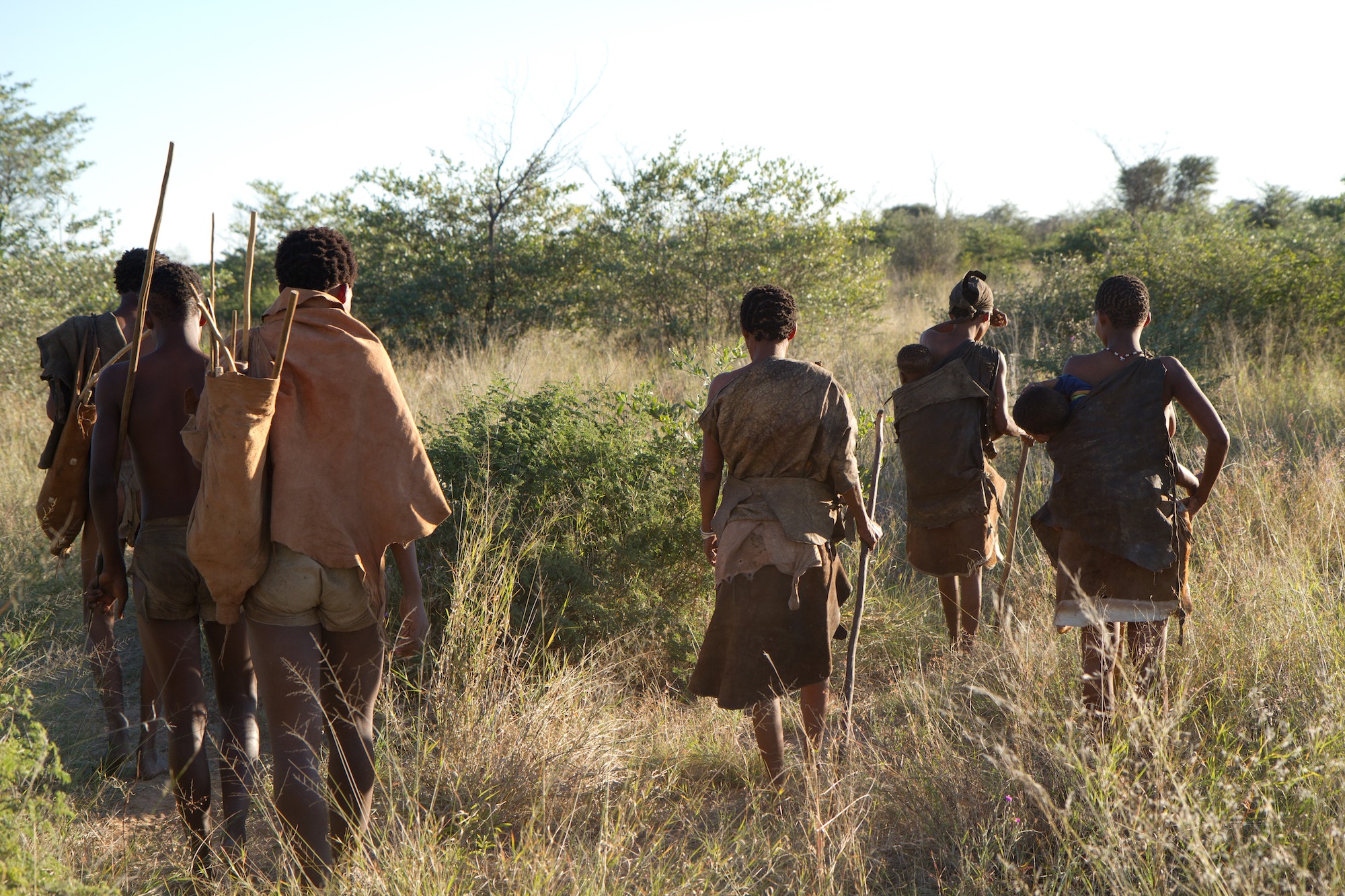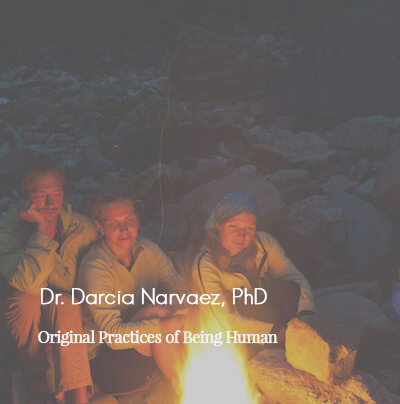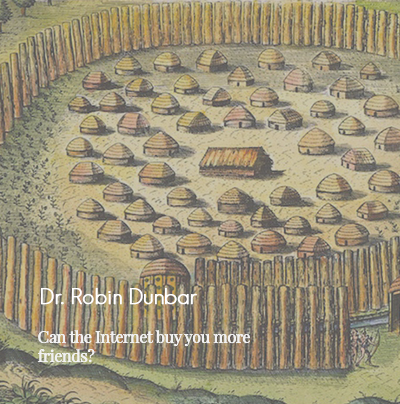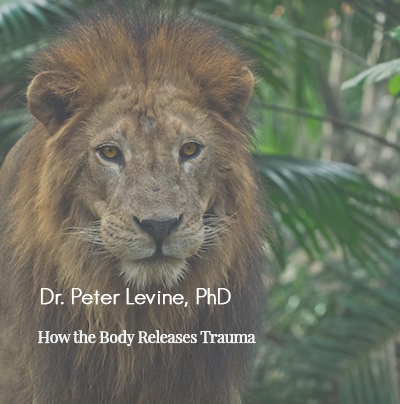Why Being able to turn on your Connection System is the Most Important Asset for your Well-Being
Film One of the Restorative Practices Film Series
Turning on the Connection System (48 minutes)
Wherein we explore why 60-80% of doctor visits to primary care physicians are stress related, the concept of deviation from an ancestral baseline, Dr. Darcia Narvaez, PhD’s concept of the Evolved Developmental Niche, indigenous child-rearing practices, neuro-embrology, Dunbar’s number, the Philadelphia Hospital study, stress physiology, Dr. Paul Maclean MD’s Triune Brain model, the origins of Dr. Peter Levine, PhD’s Somatic Experincing modality, and reflect on our relationship with technology.
KEY CONCEPTS
- 60-80% of doctor visits to primary care physicians are stress related (0:45)
- Deviation from ancestral baseline (1:45)
- Evolved Developmental Niche (4:50)
- Indigenous Child-rearing Practices (6:25)
- Neuro-embrology (8:50)
- Dunbar’s Number (11:15)
- Philadelphia Hospital Study (13:10)
- Stress Physiology (15:15)
- Triune Brain model (20:04)
- Dr. Peter Levine’s origin of Somatic Experiencing (27:15)
- Our relationship with technology (37:45)
QUESTIONS FOR FURTHER REFLECTION
- How does it effect you to know that 60-80% of visits to primary care physicians in the US are stress-related? What percentage of your own doctor visits, or more broadly your own experience of dis-ease (physical, emotional, mental health) would you say comes from stress?
- As you reflect on Dr. Darcia Narvaez’ concept of the Evolved Developmental Niche, does this make sense to you? In your own lifetime, have you observed in your own experience, family, or community, an increasing divergence from connection-centered activities, ways of spending time, and practices? If you observe this, how does it effect you?
- As a child growing up in your family, community, and cultural framework, were there certain practices, activities, rituals, or gatherings that were focused on connection? What did these practices, gatherings, and activites have in common? How did they effect you? As you reflect on them now, what comes up for you?
- When you reflect on the concept of Dunbar’s number, and the idea that humans are optimized to have about 150 reciprocal social relationships, how do you make sense of this in your life? When you reflect on concentric circles of proximity, as in the image below, how does this align (or not) with your own social experience? How does it align (or not) with your experience of social technologies? As you reflect on this question now, what comes up for you?
- Deep nature awareness teacher Jon Young talks about the idea of reverse engineering connection. Take a moment to think about someone or something (could be a place, for example) that you feel deeply connected to. How did you become deeply connected to that person or thing? What was the path that got you there? How long did it take you to become connected? What kind of things happened along the pathway?







